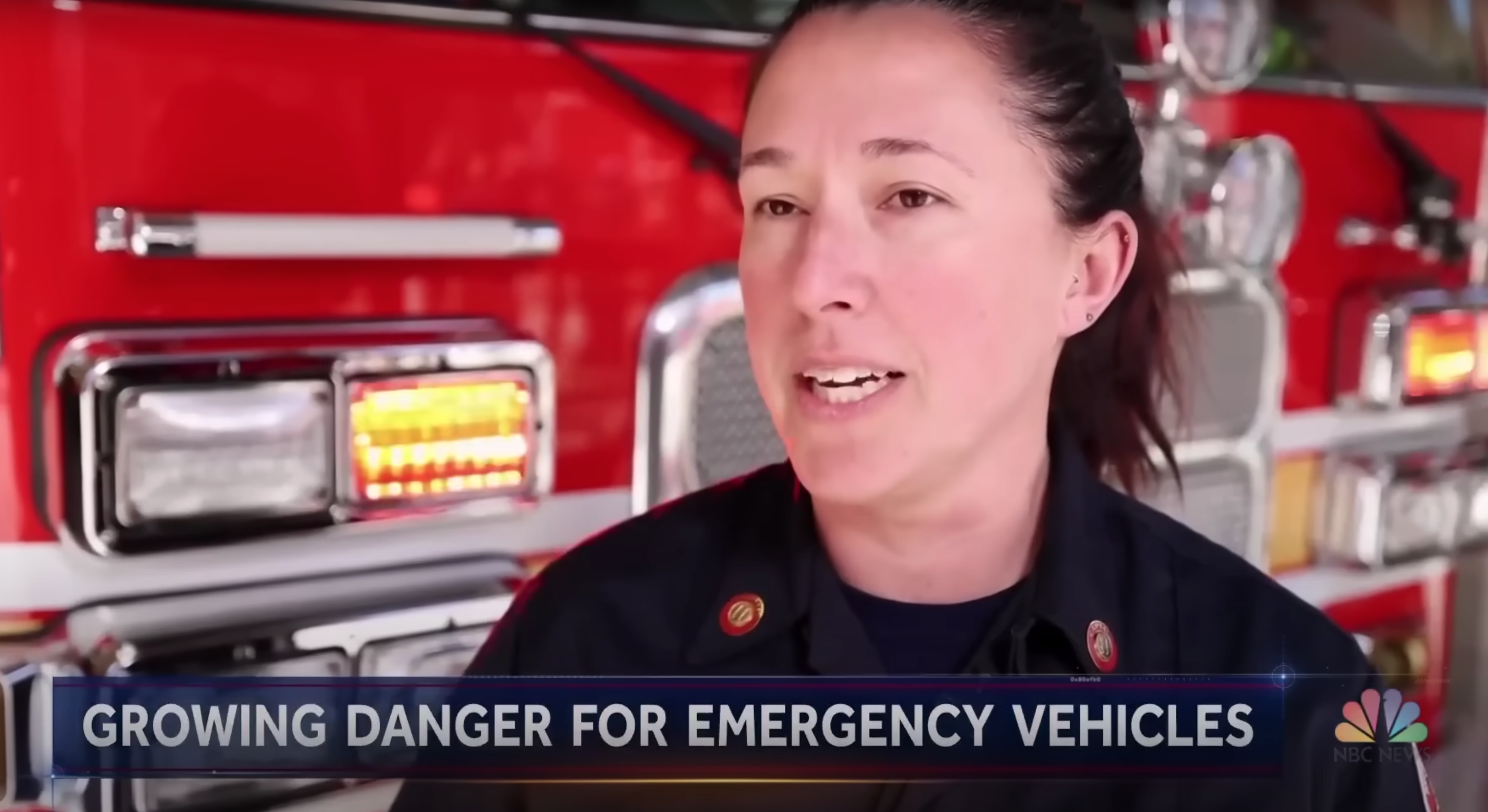Drivers oftentimes takes for granted the ability to hear and see emergency vehicles driving up behind them on the roadway. Unfortunately, more and more drivers are failing to see and yield to these police, fire, and medical vehicles racing behind them. Even a few seconds of delay can lead to death for the medical patient waiting on the other end or a small fire turning into a blazing inferno, as the NBC Nightly News recently detailed.
So, what’s going on here? Do we just not care anymore? Or are there other factors at play preventing us from hearing emergency vehicles driving up behind our vehicles on the roadway? Here are some possible reasons:
Sound Insulation
Newer cars feature more sound insulation than older vehicles. It’s a simple fact that we want to buy cars that are quieter on the inside. Buick, for example, boasts laminated glass windows and sound-deadening underbody shields marked under their QuietTuning moniker.
Many luxury cars take it a step further by installing active noise-cancellation solutions from companies like Bose. Using microphones in the cabin, a computer will analyze road and engine noise (and even the noise from potholes) and reproduce opposite sound waves to cancel out the offending noise.
Some sports cars take a different tact. Especially in sports cars with smaller engines, the manufacturer pipes in engine noise to create the illusion of a larger engine.
No matter what the noise is, it can prevent the driver from hear an emergency vehicle siren behind them.
In-Cabin Distraction
There are so many distractions inside car cabins these days, and we’re not talking about just phones.
Take a look at the gear shifter from General Motors.

(Photo courtesy of General Motors)
Or, check out this distracting, dual-screen stacked arrangement from Infiniti

(Photo courtesy of Infiniti)
Or, even the infotainment screen itself. Manufacturers used to offer 7-inch touch screens as standard, but have now morphed into larger screens. From Tesla’s 15-inch touch screen to the Mercedes-Benz 56-inch screen (below), there are more distractions than ever before.

(Photo courtesy of Mercedes-Benz)
What’s the solution?
Next generation technology exists today to combat driver inattentiveness.
LYT partnered with Haas Alert to bring comprehensive emergency vehicle alerting and mobility management to cities nationwide. When an emergency vehicle is dispatched to a call, LYT preempts and optimizes green lights along the path of travel to the incident. At the same time, Haas Alert sends alerts to passenger vehicles ahead of the emergency vehicles to give them enough time to give way.
For example, in many Stellantis vehicles (Jeep, Chrysler, Dodge, and Ram), Haas Alert will broadcast a signal to vehicles ahead of the emergency vehicle, taking over the infotainment screen to display an alert that the emergency vehicle is approaching.
This visual interruption provides a great way to alert drivers in advance and clear traffic ahead of a responding emergency vehicle.
Where do we go from here?
Solutions like those from LYT and Haas Alert can be implemented in weeks, not years like with traditional safety technologies. It’s a no brainer that our first responder agencies need to turn to a new breed of technology to solve driver inattentiveness issues when they’re driving to an incident.
LYT.emergency is a cloud-based, next generation emergency preemption system that can reduce response times by 42 seconds and speed up the slowest moving emergency vehicle by 69%. Leann more at LYT.ai.



